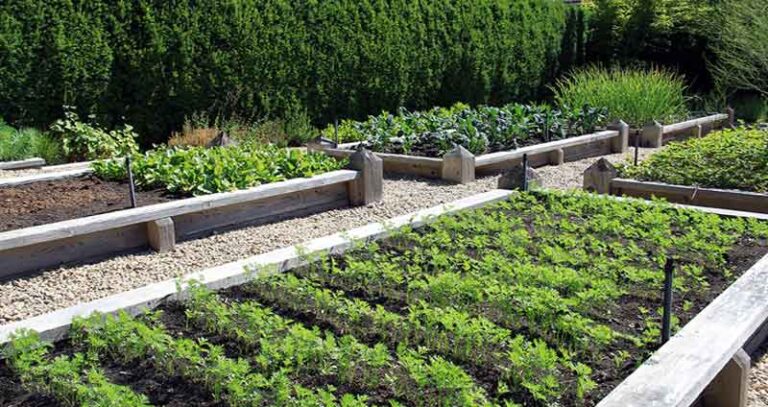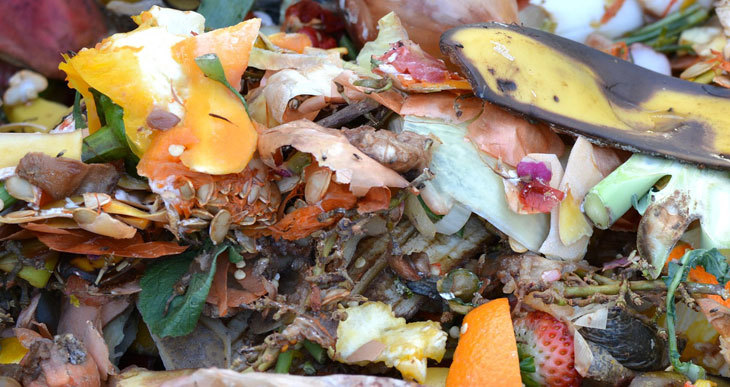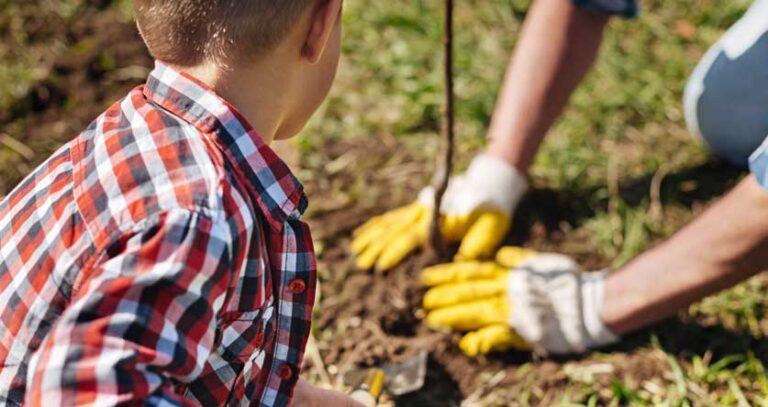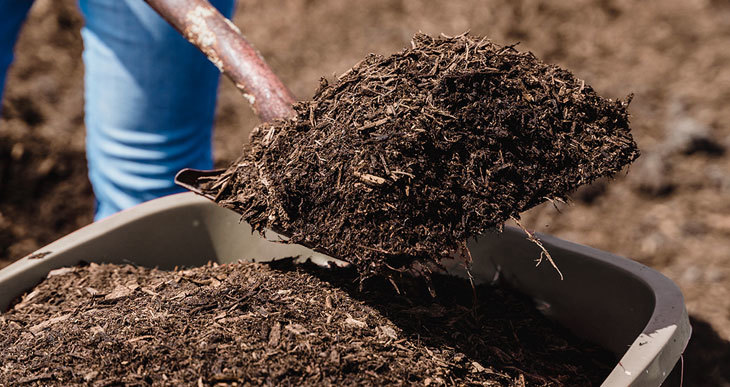Will Mushroom Compost Burn Plants (Ouch!)

Mushroom compost is a rich organic material made up of various ingredients, including straw, manure, and mushroom mycelium. It is an excellent amendment for soil and can be used to improve the fertility and structure of the soil.
However, there is a potential for mushroom compost to burn plants if it is applied in too large of quantities.
For this reason, it is helpful to test the compost on a small area before applying it to the entire garden bed to ensure there’s no burning or damage.
Mushroom compost is an excellent addition to any garden. Still, it is important to be aware of the potential for leaf burn and take the necessary precautions.
With a little bit of testing and adjustment, mushroom compost can provide many benefits to plants without causing any damage.
Can mushroom compost burn plants?
Yes, mushroom compost can sometimes cause leaf burn. The high salt content of the compost can withhold water from the plants’ tissues, leading to yellowing or browning of the leaves and eventual death. The significant levels of soluble salts can also cause the roots of plants to rot.
Sometimes the chemical composition of compost can be harmful to certain plants.
That doesn’t mean you should avoid using mushroom compost altogether! On the contrary, this stuff is just too beneficial not to use.
Just be mindful of the potential for “compost burn” and take steps to reduce the risk.
Why does mushroom compost cause leaf burn?
Leaf burn, also known as fertilizer burn, is noticeable when leaves turn yellowish-brown. It looks like the leaves have been scorched, hence the term “burn.”
This happens because mushroom compost is particularly salty!
The high salt content is probably the most frequent cause of problems when using mushroom compost.
Salt is hygroscopic – in other words, it absorbs water from its surroundings. The excess salt in mushroom compost can take away moisture from the plant. As a result, plants cannot take in the required amount of water, so the leaves turn yellowish or brown.
Fertilizers are primarily salts, which is why this problem is also sometimes referred to as “fertilizer burn.”
How to avoid mushroom compost from burning plants
You can do several things to prevent leaf burn when using mushroom compost. For example:
- You can prevent leaf burn when using mushroom compost by minimizing the amount you use.
- Mix the compost well with soil before using it on plants (try a 25% compost to 75% soil ratio). This will help distribute the salt more evenly and reduce the risk of burning.
- Avoid using mushroom compost on young, delicate plants or seedlings.
- Don’t use mushroom compost in potting mixes. Its chemical composition can damage young plants.
- Mix mushroom compost with other organic materials such as bark chippings before using it in the garden. This will help to dilute the salt content.
- Spreading mushroom compost across the soil surface to let it cure before use can also help prevent leaf burn. This also reduces mushroom compost salinity because the soluble salts will slowly leach away, particularly after a good rainfall.
- You can also reduce mushroom compost salinity by mixing it with other organic materials such as bark chippings.
What to do if mushroom compost is causing leaf burn?
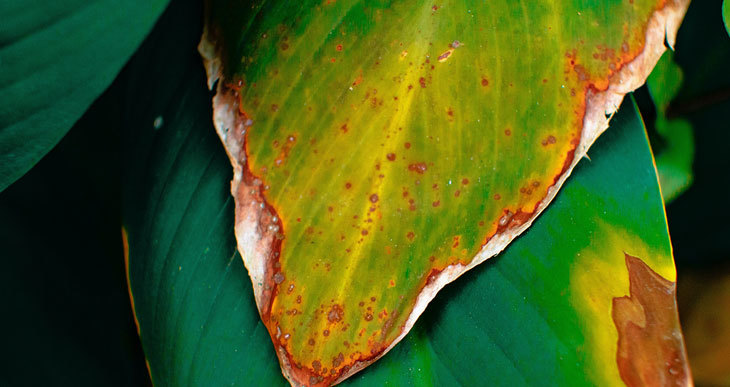
If you notice leaf burn, water the plants generously and prune off any damaged leaves. You can sometimes recover the plant by watering and pruning, but the damaged leaves will not recover.
Stop applying mushroom compost until the leaf browning stops. And avoid using any fertilizer, which will only worsen the problem.
How to apply mushroom compost (and avoid leaf burn)
Plants’ sensitivity to salt varies considerably from one plant to another. So certain plants can support more mushroom compost than others. So check the guidelines for the type of plants you want to use with mushroom compost.
Some valuable tips on applying the compost without causing leaf burn include:
- You can also avoid leaf burning associated with mushroom compost by mixing the compost well ahead of the planting season (during the fall or winter is ideal). This will give the salt in the compost time to dissipate.
- If plants are already stressed because of drought, avoid using mushroom compost, which could worsen the situation.
Water plants thoroughly after applying mushroom compost. This will help wash away any salt that may have been absorbed by the leaves.
Remember…
Leaf burn happens when too much compost is used and can usually be prevented by adding water, mixing the compost with soil, or curing it before use.
Limit its use until you’re sure what amounts are beneficial!
This just goes to show you can have too much of a good thing! You’ll find guidance on how much compost to use in various circumstances by following the link.
Conclusion: Will mushroom compost hurt my garden?
In addition to the high salt levels found in mushroom compost, it can also be too alkaline for certain types of plants.
When lime or gypsum is included in the compost ingredients, mushroom compost is more alkaline.
- Avoid mushroom compost on acid-loving plants and fruit bushes such as rhododendrons, magnolia, camellias, heathers or blueberries, and cranberries.
Mushroom compost is a great addition to any garden. However, it’s vital to be aware of the danger of leaf burn and take precautions if necessary.
Mushroom compost can provide many advantages to plants without causing any harm when properly tested and utilized.
So go ahead and add some mushroom compost to your garden – just be careful not to use too much!


